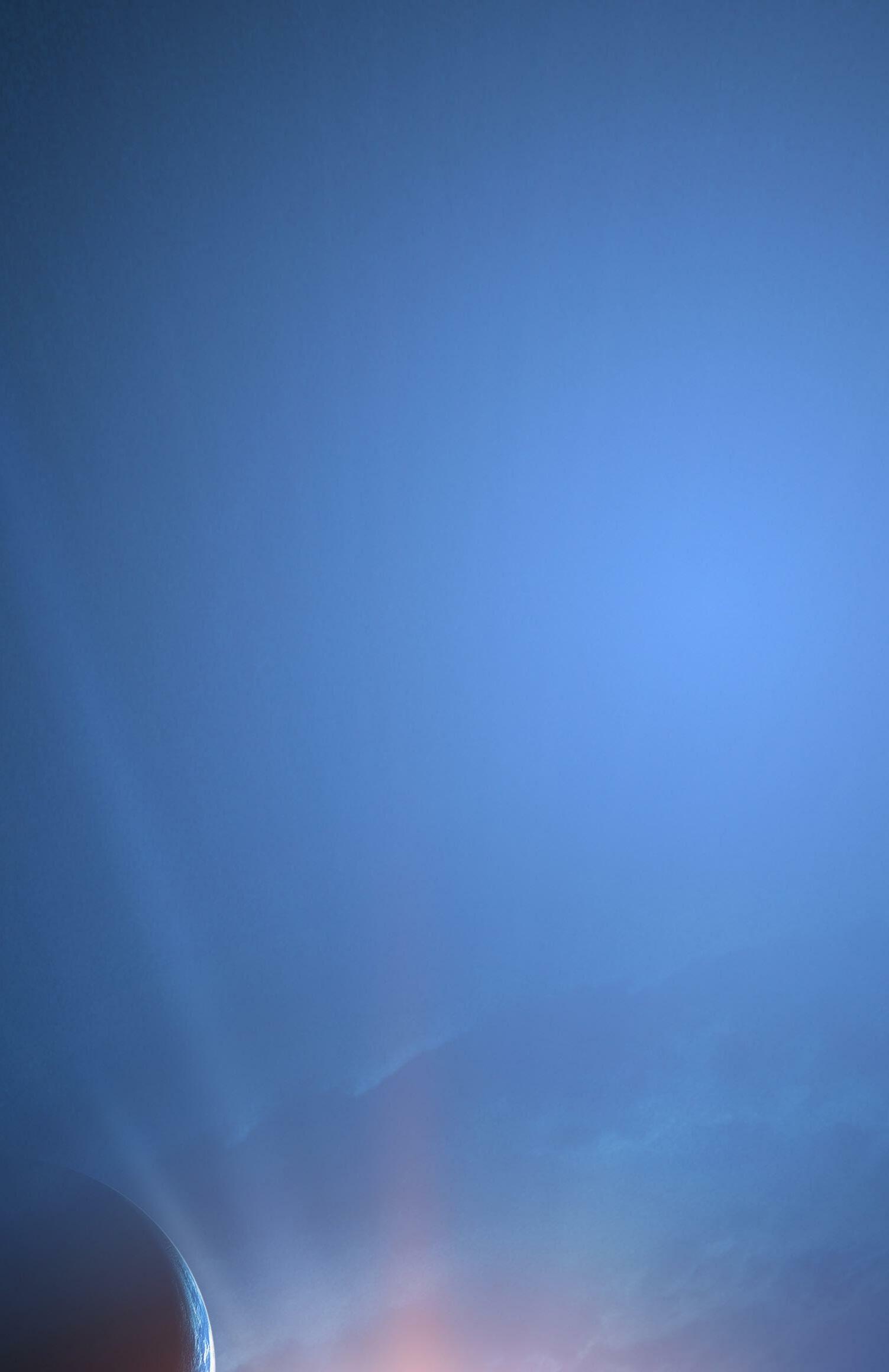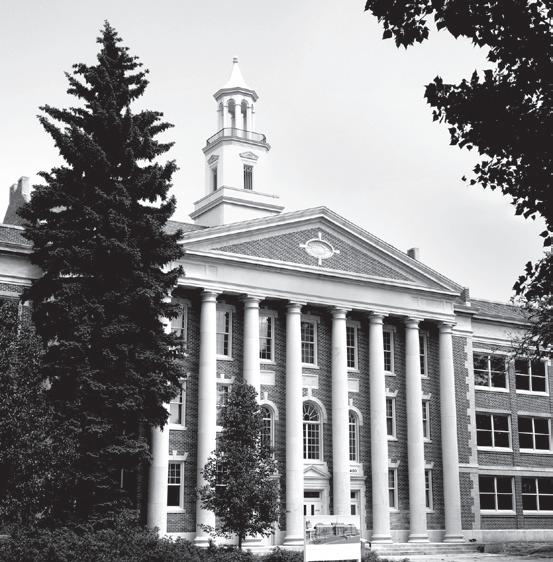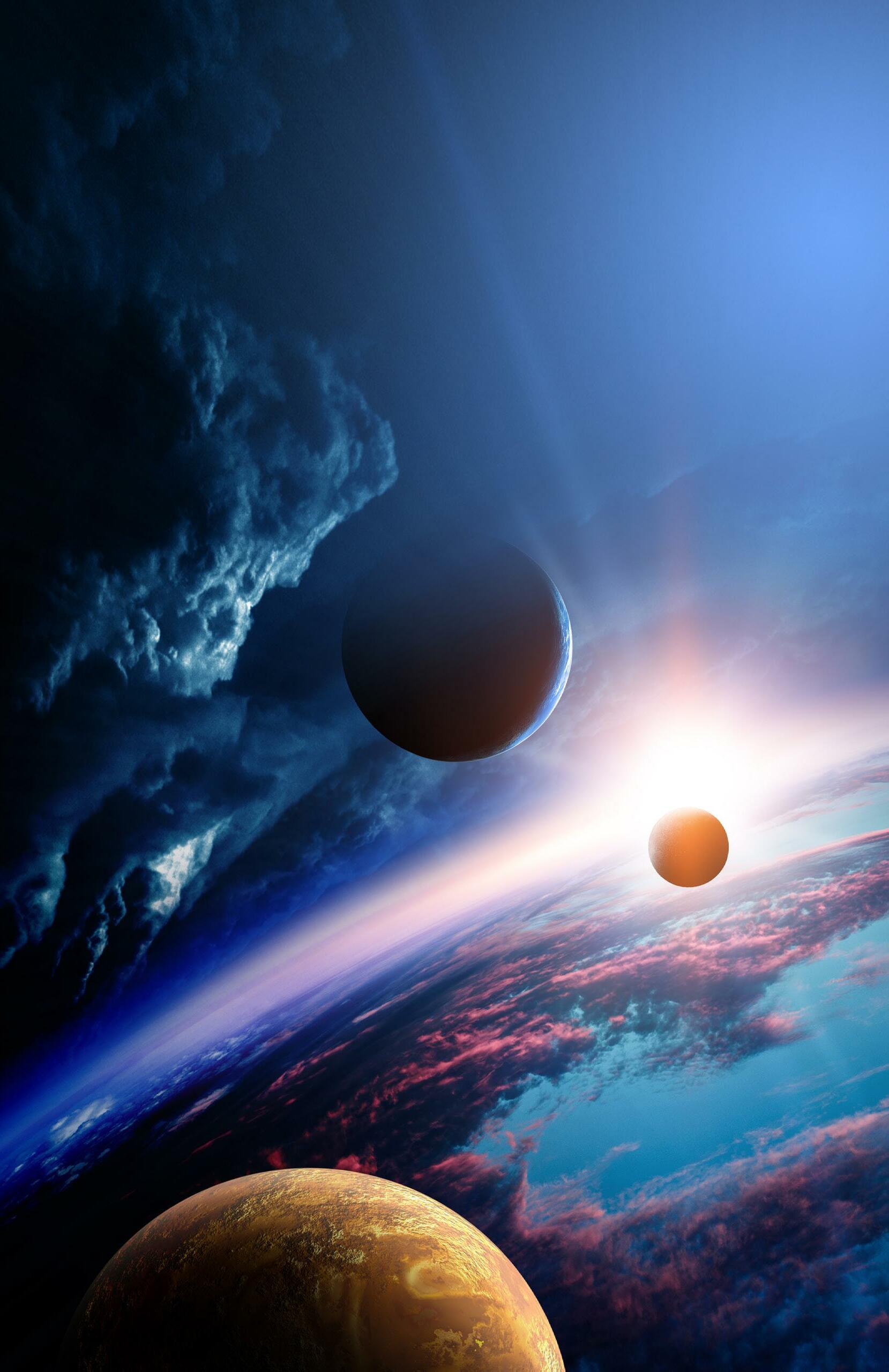
DIRECTOR’S NOTE:
Holst’s The Planets is one of those iconic pieces that many people know a bit about but have not always heard in a complete version. Mars and Jupi ter have been “pull out” pieces for many years, often in arrangements for more modest ensembles than what Holst call for. As you can see looking at the stage and the roster, it IS a big orchestra: Woodwinds in 4’s and 5’, 6 horns, a tenor tuba, 2 sets of timpani, two harps, celeste, and organ. Not to mention offstage choirs. Hence, one does not get to see full forces on a regular basis even with the piece’s popularity. What a joy it is to bring it to you this evening with all the trappings for which the composer asks. We’ve added the most outer planet of the solar system—at least it used to be an official planet when some of us were growing up—Pluto. Of course, Holst did not include it as that celestial body had not yet been discov ered at the time of composition. Colin Matthews’ version of Pluto is one of imagination, wispy nebulae, shooting stars, and a texture that tugs at your imagination. A comment about our slide projections: Although there are many programs available, one needs to be reminded that these are Astrological planets in their description. Thus, we will show you both the Astrological sign and a more recent photo from NASA, then fade those out so you can focus on the brilliant orchestration and thrust of each move ment. Have to admit, not a bad way to end the final fall semester of one’s final year. Glad to cross it off my bucket list!
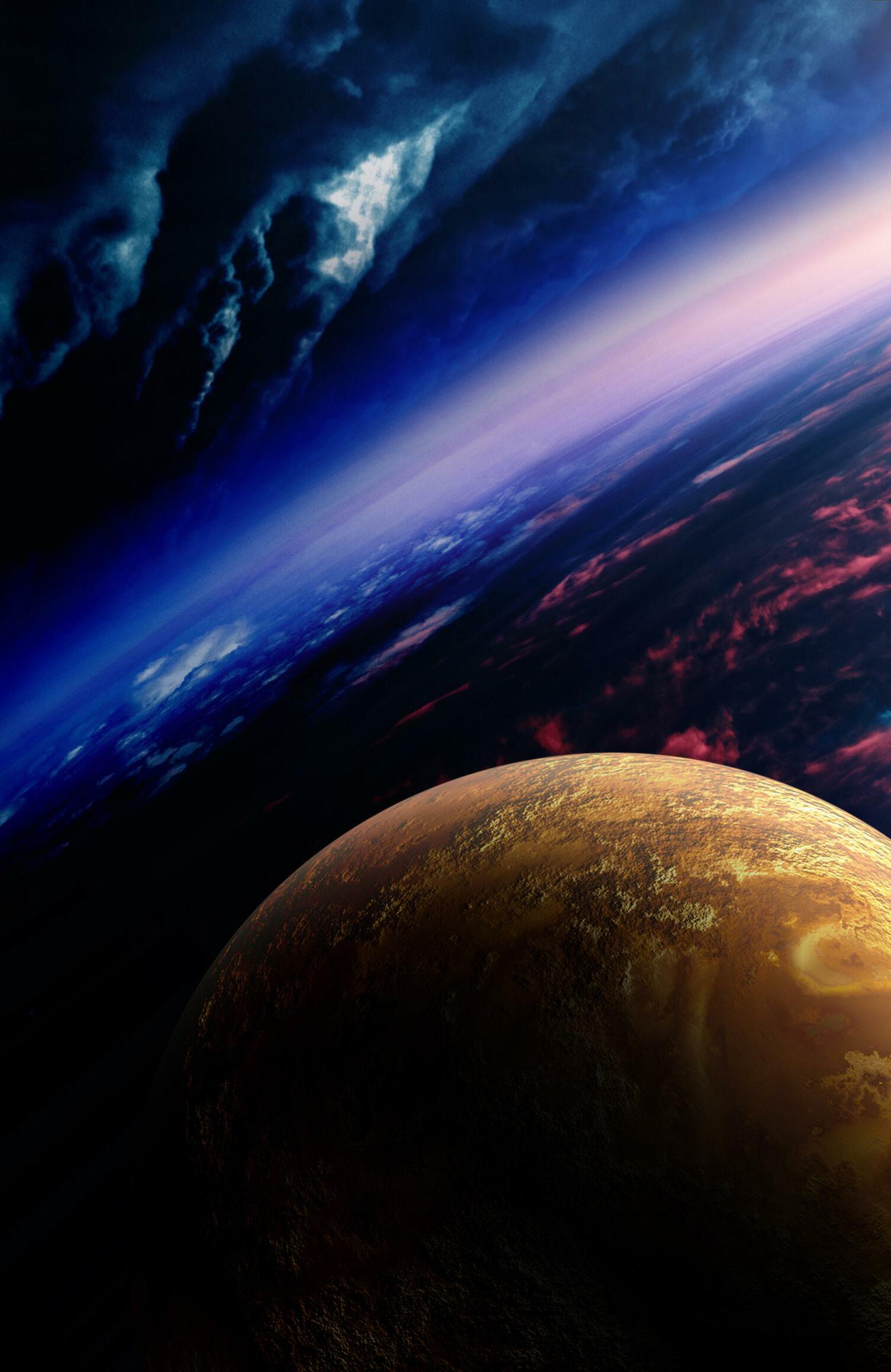
COLORADO STATE UNIVERSITY SYMPHONY ORCHESTRA
WES KENNEY, DIRECTOR
Celestial Bodies
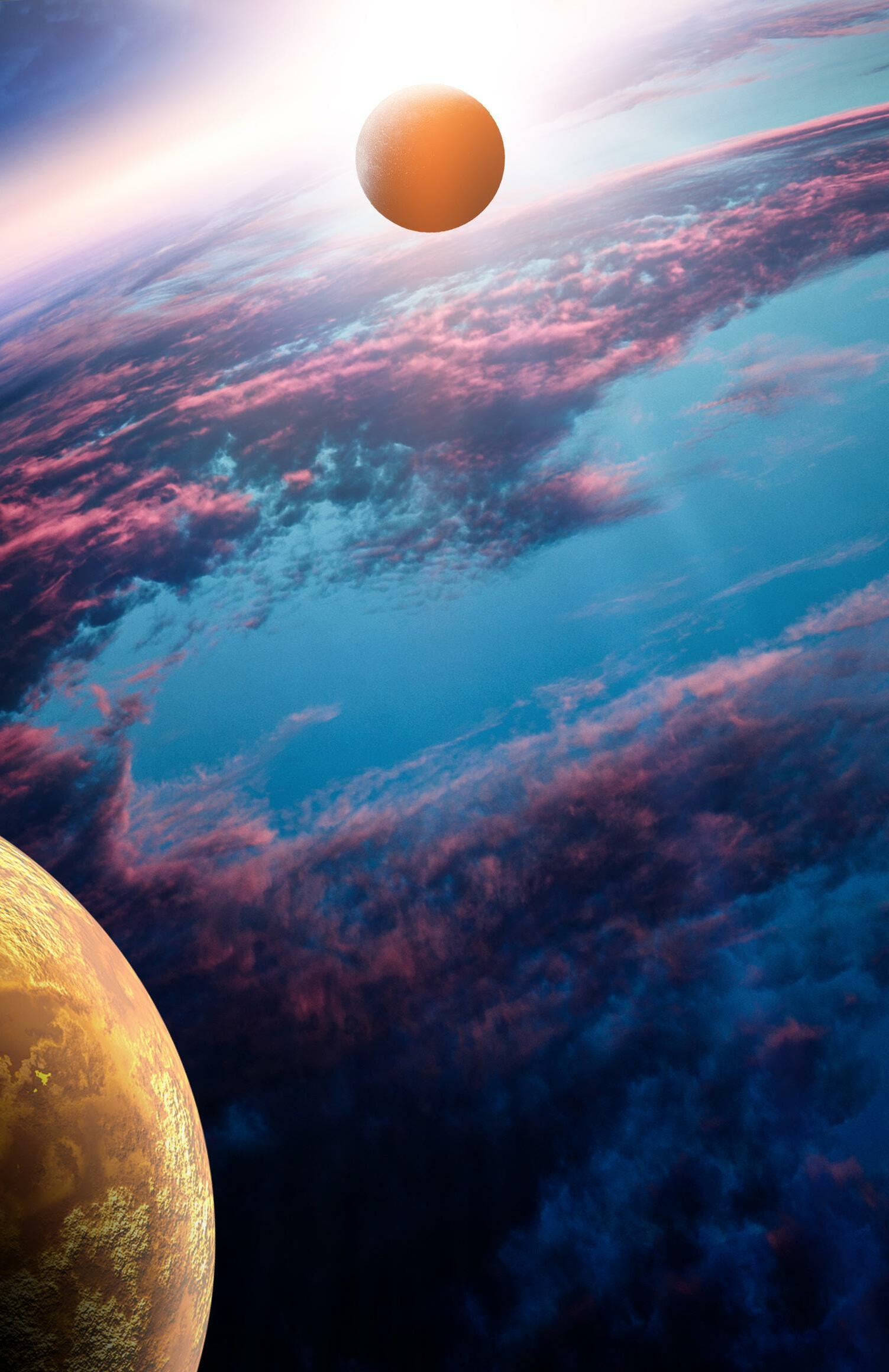
NOVEMBER 29, 2022 | 7:30 PM | GRIFFIN CONCERT HALL
I. Mars, the Bringer of War
II. Venus, the Bringer of Peace
III. Mercury, the Winged Messenger
IV. Jupiter, the Bringer of Jollity
V. Saturn, the Bringer of Old Age
VI. Uranus, the Magician
VII. Neptune, the Mystic
James David Sun Dagger (2022) (b. 1978) Gustav Holst The Planets: Suite for Large Orchestra, Op. 32 (2018) (1874-1834) Colin Matthews Pluto, The Renewer (2000) (b. 1946)PROGRAM NOTES
Sun Dagger
James M. David (b. 1978)
Ancient cultures throughout the world have sought to connect the earth and the sky by marking the movement of celestial bodies. During the first millennium AD, the Ancestral Puebloan people flourished in Chaco Canyon just south of Colorado’s current border. Among the hundreds of unique buildings and petroglyphs is the so-called “Sun Dagger,” a spiral carving behind massive stone pillars. These pillars created two “daggers” of sunlight that frame the spiral on each winter solstice, lasting for only a few minutes a year. A single sun dagger that perfectly bisected the spiral occurred each summer solstice. These precisely aligned pillars created such dramatic light displays for centuries until being shifted by erosion in the 1980’s. My symphonic poem for orchestra imagines the winter solstice of Chaco, circa 1000 AD. The high desert plains at night are depicted through slowly evolving harmonies from strings, harp, and metallic percussion. This serenity is interrupted by dancing Ursid meteors in their brilliant annual splendor with darting woodwinds, pizzicati, and muted brass. Finally, the stars fade to reveal the splendor of the winter sun’s light reflecting off the snow-covered buttes and revealing the Sun Daggers for a few brief moments. Massive brass harmonies and ringing bells slowly subside into the hushed tones of the desert to bring the work to a restful conclusion.
The Planets
Gustav
Holst
(1874–1934)
The Planets, written by Gustav Holst throughout the First World War, was completed in 1917 and first premiered in 1920. The composition quickly became Holst’s most famous work, and stands as a bucket list piece for many orchestral musicians. The composer disliked the immense attention received by The Planets, as he felt that its popularity overshadowed most of his other works, which he considered to be of higher quality. The piece is a sevenmovement orchestral suite, with movements named after all of the planets in our solar system, excepting Earth and Pluto. The explanation for this is simple. The composition is not based on astronomy, but astrology, in which Earth plays no significant role, and Pluto was discovered in 1930, well after the piece was published. Holst died in 1934, but never amended the suite to include the now-designated dwarf planet, even though it took on astrological significance after its discovery. Holst uses his titles as a sort of guide to the music:
 — Notes by the composer
— Notes by the composer
“Mars, the Bringer of War” puts forth a great deal of dissonance and conflict within the harmony. It opens with ominous strings, featuring a technique not often heard, in which the wood of the bow, rather than the hair, is placed on the string. Tension slowly builds in the winds, while strings and timpani play a repeated bass line ostinato, building to resounding climax. A middle, quieter section shows the unique timbre of the tenor tuba, and the snare drum joins the brass, playing rhythmic fragments reminding the listener of a drummer at war. “Mars” has nothing to do with World War I, despite the title, time frame, and several claims that this is Holst’s treatise on war, as the writing began long before World War I started. “Venus, the Bringer of Peace” immediately suggests its name, contrasting with the loud and thunderous ending of “Mars.” A solo horn is followed by flutes and oboes, playing a soft and pleasing melody full of consonance. Early in the piece, a violin solo brings forth imagery of peaceful green pastures. Yet even in the serene “Venus,” there are moments of dissonance, just as there were moments of quiet and consonance in “Mars,” but they are always quickly set aside.
“Mercury, the Winged Messenger” is a rhythmically-fast and complex movement featuring polyrhythms, in which multiple, different rhythmic figures are played simultaneously. At the same time, fast, flying scales propel the music forward—never pausing to rest and always moving from one idea to the next.
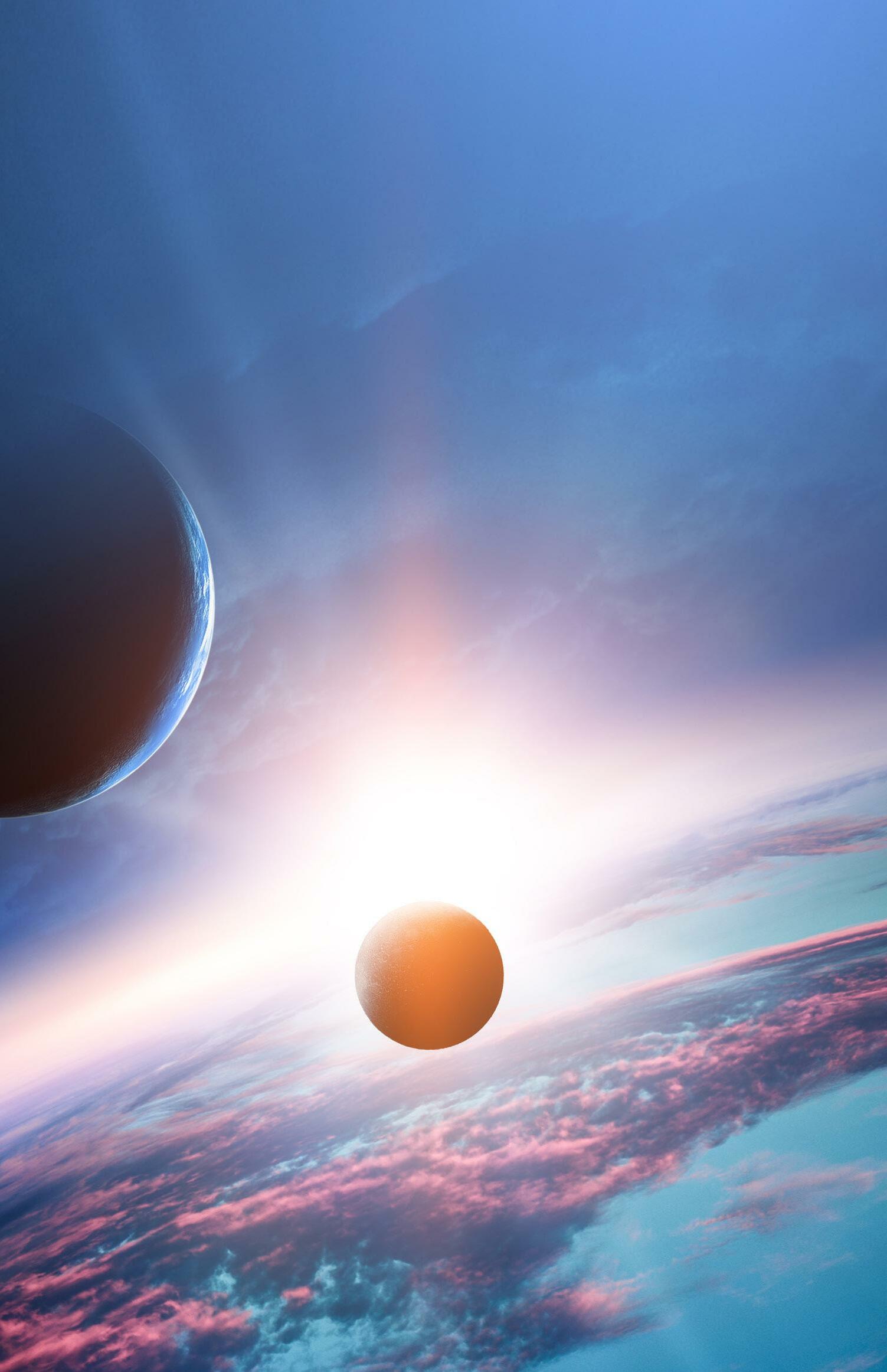
“Jupiter, the Bringer of Jollity” conjures images of grand celebrations and hearty festivals. Flamboyant brass and excitedly moving lines litter the whole movement. Listen for the horns as they introduce the major themes in joyous unison, only to be repeated throughout the movement as every instrument gets its turn to shout in joy. Like “Mars,” this piece is frequently performed on its own.
“Saturn, the Bringer of Old Age” produces slow moving lines, like a wise elder, never in a hurry. Another movement that seems to exist only as a stark contrast to its predecessor, “Saturn” is everything that “Jupiter” is not—slow, quiet and methodical. Listen for its melodies and hear how much simpler they are in comparison, as they allow rich harmonies and textures to shine through.
“Uranus, the Magician,” features a lot of bouncy and light melodic material, sounding whimsical and playful. The introduction is nothing like that though, for it stands as a loud and epic statement of the main theme of the movement. Four long notes are played several times throughout. Immediately afterward, the bassoons play a playful little tune that sets the tone for the rest of the movement with much buoyancy.
“Neptune, the Mystic,” is, unsurprisingly, magical in nature. Opening with just the flutes, it immediately sets a brilliant scene. Playing a theme that feels at home in a wizard’s shop, the underlying strings and harps blend into this sound brilliantly, and keep the same feeling of wonder throughout. The movement is slow and meandering, never seeming to move with any direction or purpose, content to simply exist.
Even though Holst did not include Pluto in the suite, several composers have taken it upon themselves to write a movement in his style. The one included on tonight’s concert was written by Colin Matthews, and is titled similarly to the rest, “Pluto, the Renewer.” Although written by a different composer, the piece still sounds as if it belongs, with its mystical and flowing melodies and harmonies that lead to a heavy and dissonant brass interlude that does not abandon an implied mysticism.
The Planets strays from orchestral convention in several ways. First, the wind section is expanded beyond convention, using sets of four woodwinds each, and including some uncommon instruments, some of which remain rare today: bass flute, bass oboe, and tenor tuba. Holst also calls for extra timpani, two harps, a second piccolo, English horn, a fourth trumpet, and fifth and sixth horns. Organ, celeste, and a small female choir in various movements of the piece create a unique sonic experience.
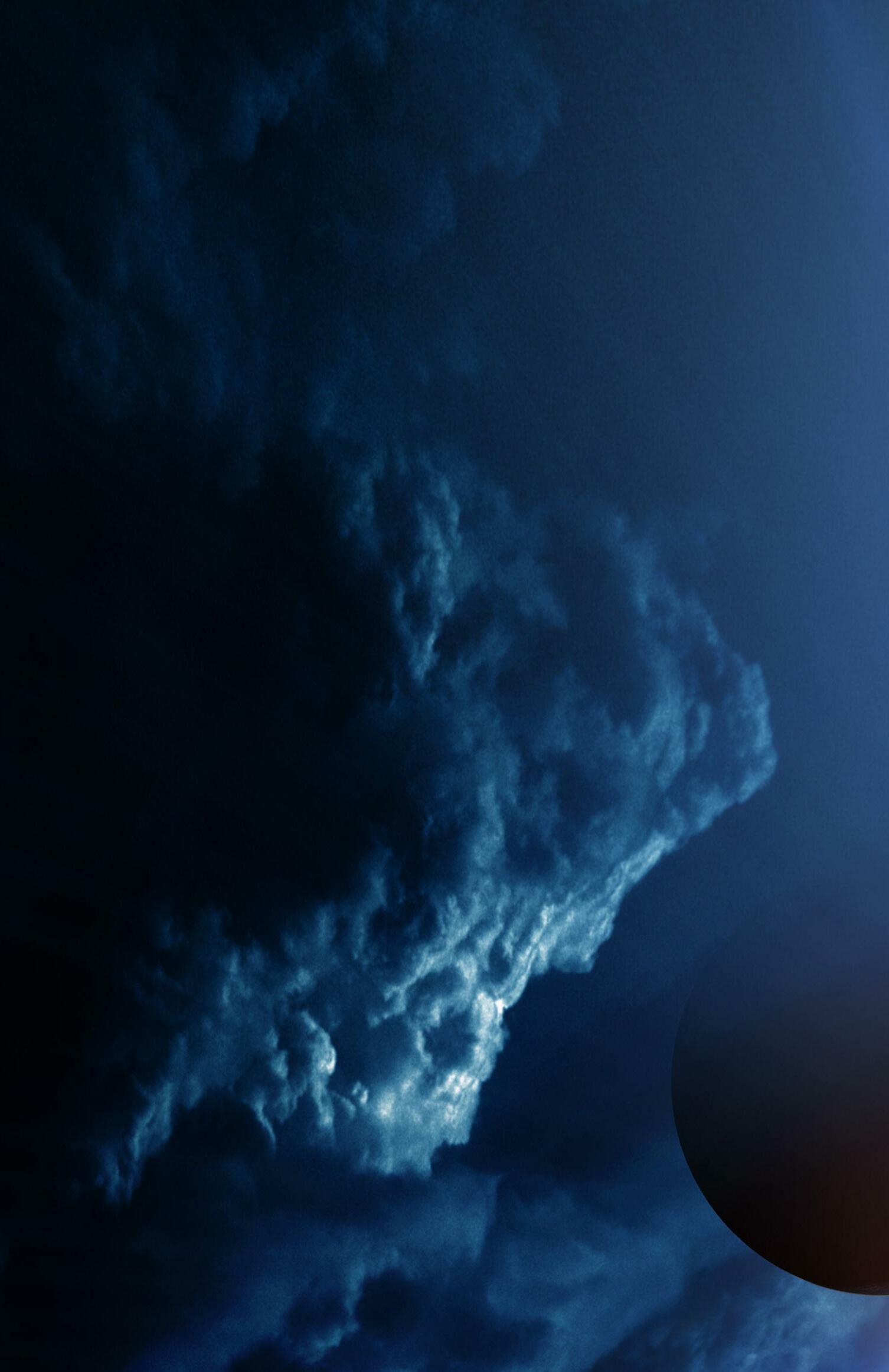 — Notes by Shae Mitchell
— Notes by Shae Mitchell
WES KENNEY is celebrating his 20th season as Music Director of the Fort Collins Symphony and Director of Orchestras at Colorado State University. Last spring, he was honored by CSU in becoming the first University Distinguished Professor from the School of Music, Theater, and Dance. During his tenure the past 19 years the CSU Symphony, Sinfonia and opera orchestra has presented many firsts at the school most recently last spring when they presented Ravel’s Daphnis and Chloe Suite No. 2 and Revueltas’ Night of the Mayas. Mr. Kenney has announced this season will be his last at CSU and has programmed the Symphony No. 3 by Gustav Mahler as a capstone to his career at this school.
Mr. Kenney’s work with the all-professional Fort Collins Symphony garnered the 2020 American Prize in orchestral performance, professional orchestra division for a 2019 performance of the Shostakovich Symphony No. 9. He is also the 2007 Grand Prize Winner of the Varna (Bulgaria) International Conducting Competition, a multiple winner of the Ernst Bacon Memorial Prize for excellence in performance of American Music, an American Prize winner for best orchestral performance in the Youth Orchestra Division. Maestro Kenney was recently selected as Honored Artist of the American Prize National Nonprofit Competitions in the Performing Arts.

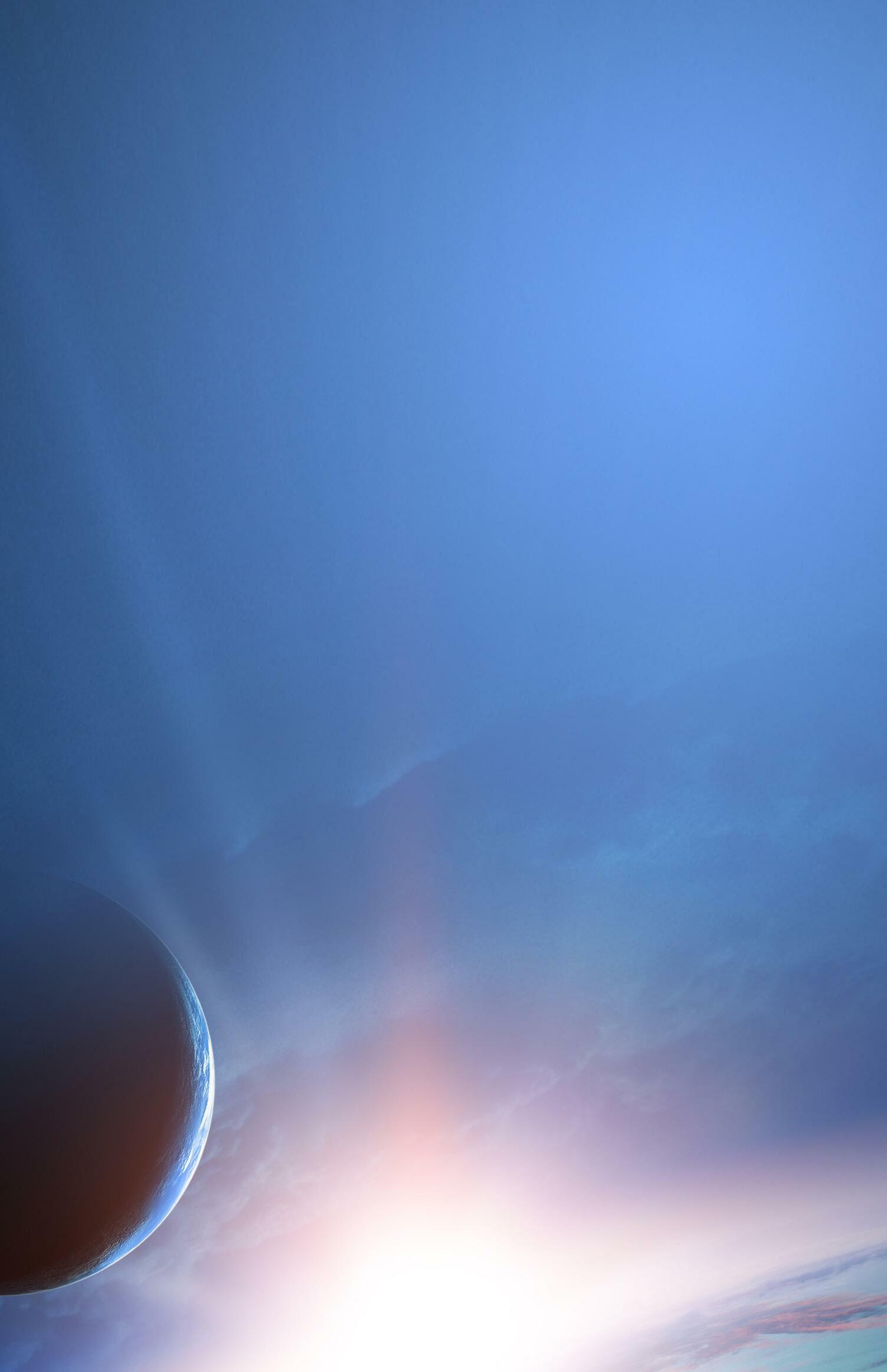
During the pandemic, Mr. Kenney and the Fort Collins Symphony performed the only live concert on July 4, 2020 in the United States, then kept the FCS musicians playing with streamed concerts throughout the 2020-2021 season.
In addition, Mr. Kenney is in his 10th season as music director with Denver Young Artist Orchestra, Colorado’s premier youth orchestra. He has led that orchestra on two European tours and anchored two festivals at Carnegie Hall. This summer they will make their Debut at the Frank Gehry designed Disney Concert Hall, home of the Los Angeles Philharmonic. Mr. Kenney’s guest conducting activities include Louisiana’s Acadiana Symphony, the Alabama Symphony, Buffalo Philharmonic, Colorado Symphony, Dubuque Symphony, Indiana’s Lafayette Symphony, Long Beach Symphony, New Mexico Symphony, Richmond Symphony, Riverside Symphonia, Savannah Symphony, and the Virginia Symphony. International guest conducting includes performances with Bulgaria’s Stara Zagora Opera Company, South Korea’s Changwon Philharmonic, Hanoi’s Vietnam National Symphony, the Lviv Phiharmonic (Ukraine), Vidin (Bulgaria) State Philharmonic, and the Edinburgh Music Festival.
Since 2004 he has conducted productions of Carmen, Amahl and the Night Visitors, Sweeney Todd, Turn of the Screw, Barber of Seville, Madama Butterfly, Cenerentola, Rigoletto, Tosca, Otello, Die Zauberflote, Die Fledermaus, La Traviata, Il Trovatore, La Boheme, Pagliacci, Cavelleria Rusticana, Falstaff, Turandot, Marriage of Figaro, Aida, Don Giovanni, and Tenderland and more. In addition, he has conducted over one hundred fifty performances of The Nutcracker, Swan Lake, The Firebird, and many other dance works. Named Educator of the Year by the Colorado Chapter of the American String Teachers Association in 2008, he has served as Guest Conductor with the Alabama, New Hampshire, New Mexico (twice), Minnesota, and Virginia All-State Orchestras. He was awarded the prestigious Carmen Dragon Conducting Prize in 1992. Now in its sixteenth year, Kenney is a founder of the CSU Summer Master of Music Education with an emphasis in conducting program. He has taught at the Conductors Institute at Bard College alongside Harold Farberman and Leon Botstein. He is also a past president of The Conductors Guild and is currently on the advisory board.

COLORADO STATE UNIVERSITY ORCHESTRA
